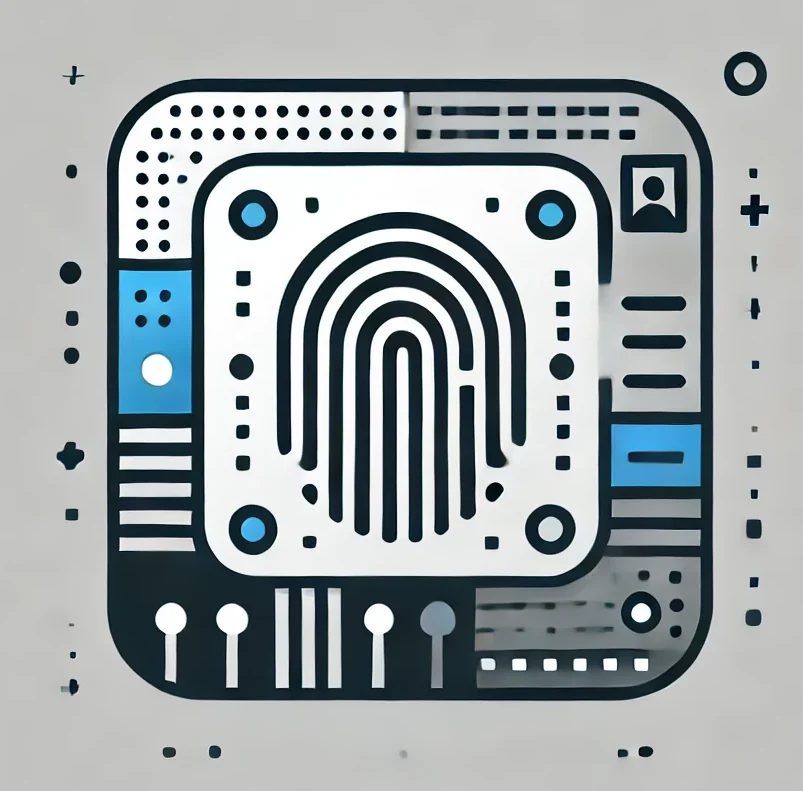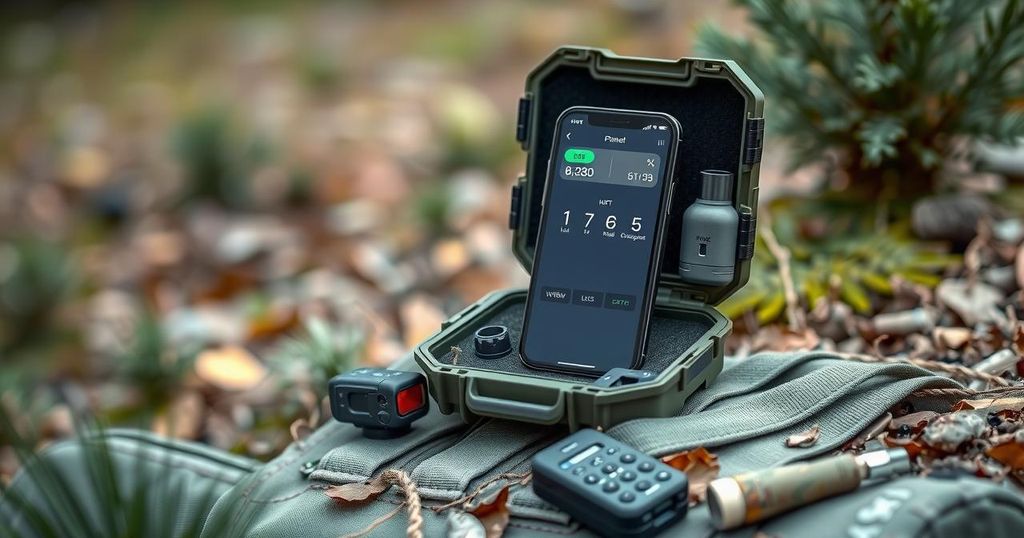The live events industry is increasingly utilizing biometric technology for ticketing and sales operations, including examples from venues in the U.S. and Latin America. Key players such as Wicket, Veridas, and Clear are leading these innovations, which aim to enhance attendee experience while addressing privacy concerns. Similar biometric applications are emerging in finance, suggesting a broader trend in technology adoption across sectors.
The global live events industry is increasingly adopting biometric technology to streamline processes such as ticketing, credentialing, and sales, including concessions and merchandise. Reported implementations in venues across the U.S., Europe, and Latin America highlight this trend. Companies like Wicket, Veridas, Clear, and NEC are leading in providing such biometric solutions, positioning biometrics as a priority for nearly half of venues by 2025.
Specific applications include face biometrics at Mâs Monumental in Buenos Aires and biometric verification at a Betplay League final in Medellín. One notable system, MLB’s Go-Ahead Entry, boasts the capability to reduce entry wait times by up to 68% through facial recognition linked to ticket accounts, promoting a faster, more secure entry process. This innovation exemplifies how biometrics and blockchain technologies are transforming fan experiences in stadiums.
Despite advancements, privacy concerns linger among fans regarding data security and potential misuse. To address these issues, venues are encouraged to implement solutions such as barcode scanning and operate within regulatory frameworks to ensure a balance between privacy and functionality. These strategies aim to foster inclusivity while maintaining reliable security measures.
Biometrics are also making strides in other sectors, such as finance. Mastercard has announced plans to eliminate the use of traditional card numbers and passwords by 2030. This will be achieved through a combination of tokenization and biometric authentication. Similarly, Visa and Tencent are exploring a pay-by-palm solution that would allow secure transactions via palm recognition after a one-time enrollment, starting in Singapore.
The increasing use of biometric technologies in live events stems from a need for enhanced efficiency and improved user experience at venues. Biometrics, defined as the measurement and statistical analysis of people’s unique physical and behavioral characteristics, serve various applications, including identity verification and access control. In recent years, as global events have resumed post-pandemic, venues are seeking innovative ways to assure safety and streamline operations, making biometrics a compelling solution. Additionally, parallel advancements in other fields, such as finance, underscore the broader trend toward biometric authentication as a means of enhancing security and user convenience.
The integration of biometric solutions into the live events sector is reshaping how attendees experience large gatherings. With companies pioneering innovative systems that ensure fast and secure entry, the industry is responding to both operational demands and user expectations. As stakeholders address privacy and security concerns, biometrics hold the potential to redefine fan engagement while maintaining robust safeguards. The ongoing proliferation of these technologies signals a trend that could extend beyond sports venues to various sectors in the coming years, enhancing security and operational efficiency.
Original Source: www.pymnts.com





